Fancy trying your hand – or foot – at conquering some of Scotland’s finest hills? Then look no further than Moray.
Whether you are an absolute novice or a seasoned climber we’ve asked some of Scotland’s hardcore hillwalkers and mountain maestros to get you out and about in the stunning scenery we get to call home.
- Read on for starting points, top tips, what to take and where else to explore in magnificent Moray.
Before you get going into ‘Scotland’s best hills’…
Ready? Let’s go.
But before you don your boots and grab your walking poles, a word of caution from Brent Craig of Moray Mountaineering.
“Let me just say that we need to be careful saying that any hill or mountain is ‘easy’. There’s always an element of danger whenever you go into the mountains or remote areas.
“Weather in Scotland particularly affects us, both at the time, and in the underfoot conditions.
“That said – Moray has some of the best hills and mountains in the country!”
For an easier trek on Moray mountains, how about the Bin of Cullen?
Experienced Munro-bagger and keen hillwalker Shona Marshall recommends Bin of Cullen or Ben Aigan for an easier start.
A retired clay pigeon shooter and Commonwealth Games silver medalist, Shona and her Kerry Blue pooch have tackled all 282 Scottish mountains over 3,000ft.
But while Betty is a seasoned pro, she’s keen all intrepid canine explorers are kept under control.
“Particularly in the coming months so as not to disturb ground-nesting birds like skylarks, golden plover, grouse and ptarmigan,” she explained.
Another relatively easy walk for beginners and families is Ben Aighean near Craigellachie.
Brent says: “It has a bit of ascent and offers a sense of remoteness and great views over the surrounding countryside. There are a number of ways to walk up it and the paths are easy to follow.”
Ben Rinnes is best for intermediate-level walkers
For a slightly tougher trek, he suggests “the finest mountain in Moray,” Ben Rinnes.
It has three main routes up with good paths lower down. The upper part of the mountain can be rocky, however, and during winter the paths can be difficult to find.
His love of Ben Rinnes is shared by Stuart Younie, CEO of Mountaineering Scotland, who hails from Forres. His love of the hills began during his Duke of Edinburgh Award days while still at Forres Academy.
A skier in the winter and an avid hillwalker and climber in the summer, he thinks Moray is the perfect place to get into the great outdoors.
‘The Friends of Ben Rinnes have helped make this Moray mountain even better’
“I have unashamedly picked a hill that’s local to where I grew up in Moray: Ben Rinnes. Although classified a Corbett it’s a very accessible hill thanks mainly to the hard work of the Friends of Ben Rinnes, in cooperation with two local estates, who have done a great job upgrading the paths over many years.
“During a recent visit, I was delighted to see that Moray Council have extended the car park to meet the increasing demand from people who wanted to climb to the very popular viewpoint.
“On a clear day, the 360° panorama is grand and the summit provides a Cairngorm-like experience right in the heart of whisky country.
“So after you hike, you can visit one of the many world-famous distilleries located nearby, take a stroll along the River Spey in Aberlour, have a coffee at the Sidings Café in Dufftown, and take a trip on the heritage railway, affectionately referred to as the dram tram.”
Brent adds a word of caution.
“Because of its remoteness it can attract quite windy weather and regularly has snow and ice in the winter. It’s not a long walk but is very worthwhile. At 840 metres high it should take a reasonably fit person three to four hours to get up and down.”
A tougher but brilliant Moray mountain? Ben Macdui
A more challenging walk is Ben Macdui, at the very southern reaches of Moray in the Cairngorms.
Until 1847 it was thought to be the highest mountain in the UK, but was demoted to second when Ben Nevis was properly measured.
“On the Moray-Highland border, it provides a simple, but long walk, over rough ground in good weather. However, it can be extremely challenging in poor weather or wintry conditions,” says Brent.
“There are several ways to ascend. From the Cairngorm mountain car park you can go up and over Cairn Gorm, and over the wild and remote Cairngorm plateau – a challenging prospect.
“It can also be climbed from outside of Moray from the south-east. It is 1295m in height and takes about eight hours to go up and down.
“There are other challenging hills in Moray such as Ben Avon, Beinn a Bhuird, Beinn Mheadhoin, and Beinn a Chaorainn.”
And for the skilled climbers, coastal outcrops
Top tip for courageous climbers: There are coastal outcrops at Cummingston and all along the coast to Logie Head.
The northern corries of Coire an t-Sneachda and Coire Lochan are great playgrounds in the winter, though can be a little loose in the summer, with far less routes.
A classic summer climb is that of Savage Slit at Cairn Lochan, a steep ascent graded as “very severe” with commanding views.
Before you mountain climb in Moray, here’s what you’ll need
Depending on when you go, what you will need will vary greatly.
We asked Craigdon Mountain Sports to recommend what’s needed.
“Let’s start at the bottom and work our way up,” assistant manager Tom Alligin, says.
“Socks. You need the right socks – and given we’re talking about Moray, let’s go for Moggans socks, from Nairn.”
Coming in at around £20 a pair, with a high wool count and extra cushioning, they’re the perfect option for people who would traditionally have opted for two pairs of socks out walking.
“We really don’t advise wearing two pair of socks anymore. Just find what you prefer, thin ones or thicker ones and go for that. You don’t want foot discomfort on a long walk so invest in quality.”
For footwear, Tom recommends either a good pair of trail running trainers – though you need to be aware that with a shoe comes less ankle support – or more traditional walking boots. These can range from £100 to more than £300 but can be bought second-hand.
For legwear he says you want to opt for a mid-weight soft shell pant, that is stretchy and offers wind and rainproof qualities. Brands like IBEX come in at around £100 a pair.
But for people starting out, or on a budget?
“A good pair of sports leggings will do the trick, and you can invest in something better, later,” Tom adds. “Basically, just avoid cotton. Jeans getting wet will not be fun and will add lots of extra weight.”
Now for tops and jackets
Similarly, when choosing a t-shirt it’s also better to plump for something that deals well with perspiration.
Tom’s favourite option is a Mountain Equipment Headpoint graphic men’s t-shirt.
“At around £40 it’s great quality, really breathable, and it’s super soft. If you’re wearing something for up to 12 hours on your skin you really need it to be comfortable.”
Next on is a lightweight fleece.
“Choose a gridded fleece if you can. Again, you want something that will be breathable. That’s where gridded, instead of a standard fleece, comes in.”
For a Patagonia Air full zip hoody meeting this spec it will set you back around £140.
When it comes to jackets, pack for all occasions
“Think light weight and layers,” Tom says. “I love a super light 120gm windcheater. Most of the brands will have them, and the price range is vast. You can wear this under a water proof, or over a fleece. And it’s so small it can be tucked away in a rucksack easily.
“Waterproofs are a whole other discussion altogether.”
Ranging from £100 to upwards of £700, the choice is endless when it comes to investing in a good waterproof.
“My top tip here is to find a British brand, like Mountain Equipment, because they have the best hoods. America doesn’t tend to have the same wind as we do, so the hoods are close-fitting and adjustable.
“Just make sure you go for something maybe made of Gore-Tex, so it’s durable and waterproof. Again, there’s a pretty good second hand market for used – but still great – waterproofs.”
You can add in a “duvet” type jacket or smock – though Tom says down isn’t ideal for wet conditions as it retains water.
Hats and help aids… and don’t forget midge spray!
Hats are essential too. In the sun a cap will help cover your head and shield your eyes, but in colder climes, sunglasses and a beanie will the best option.
“Paramo does a brilliant grid fleece beanie for around £25. I love that one,” he says.
You’ll also need lightweight all-weather gloves and a water-resistant rucksack around the 30-35 litre mark.
In that you’ll need tried and tested food (walking for eight hours isn’t the day to road-test new snacks), water, sun cream, insect repellant, a compass and map.
“Before you ask, yes, you can use a phone. But this thing [a compass] won’t run out of battery! Best to learn to read a map and use a compass too.”
Taking a safety kit comprising a torch and whistle, survival bag, a first aid kit (including a vent-aid and stretchy bandage), contact details and – if you can – a survival shelter, could save your life.
“Even just being tired and hungry can cause major problems if you’re exposed. Shelters and survival bags are tiny, often cheap, and are very definitely life savers.”
Is there one thing Tom would absolutely recommend for anyone – at any level?
“100 per cent, walking poles. They’re about £100 a pair for Black Diamond trail poles which are super durable. They adjust and I wouldn’t be without them. In fact, I always tell groups to have at least one pair with them.
“They help keep you upright, take the pressure off joints, and if you get injured could be the difference between you getting yourself down or needing to be flown down.”
- To join Moray Mountaineering it costs £43.50 a year, covering insurance and a wide range of activities year round.
- Visit P&J outdoors page here.
- All routes and trails can be found on www.walkhighlands.co.uk.
- Or you can look to Visit Scotland for alternative routes and trails.
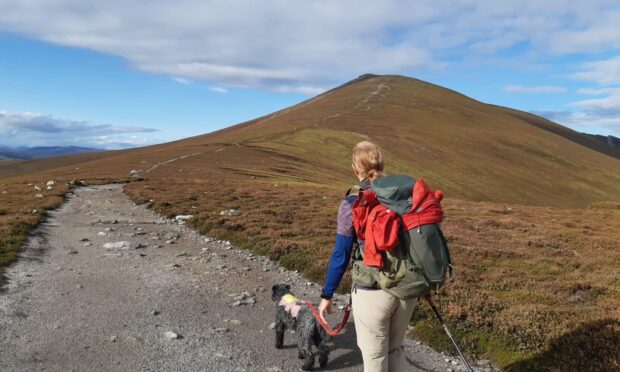
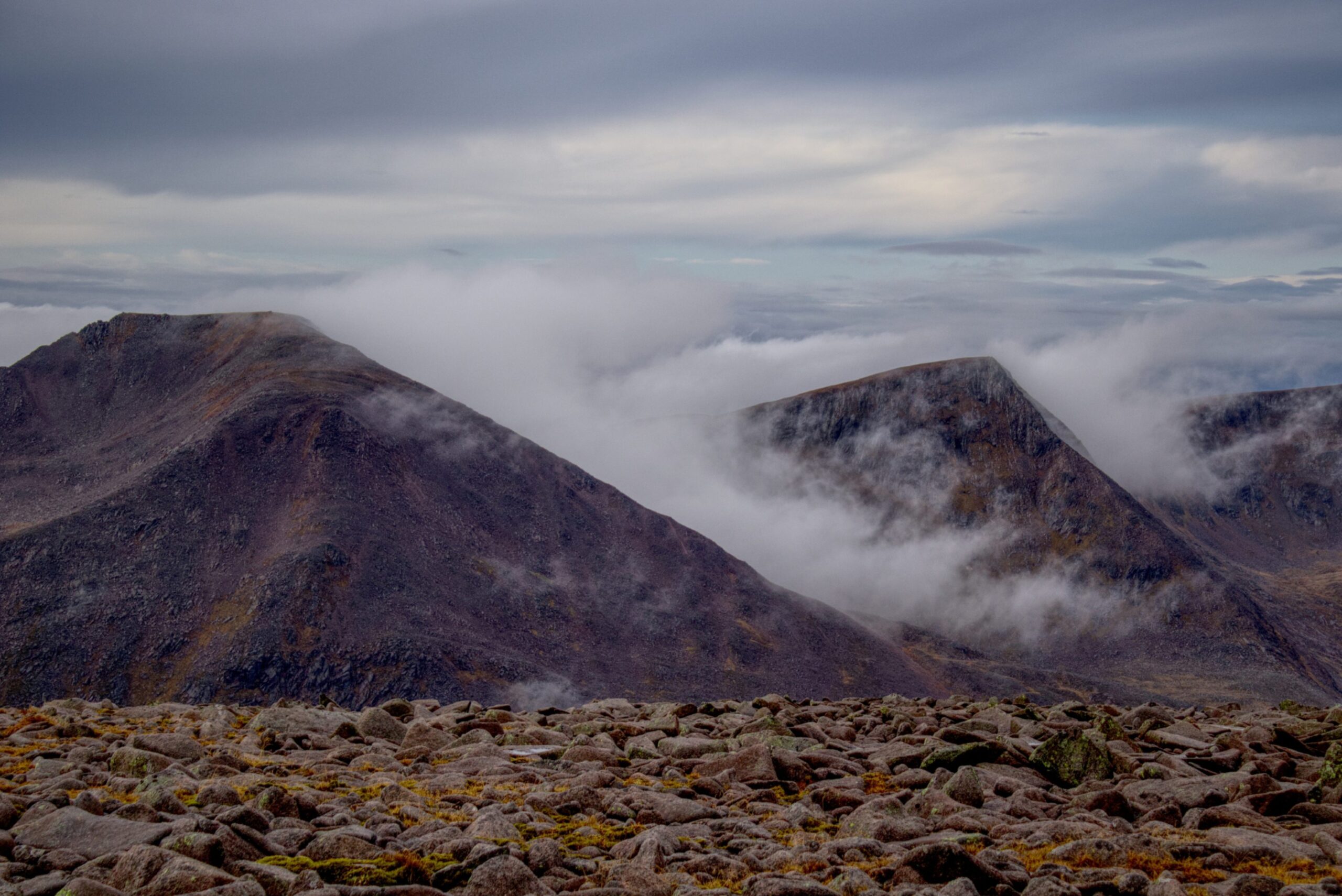
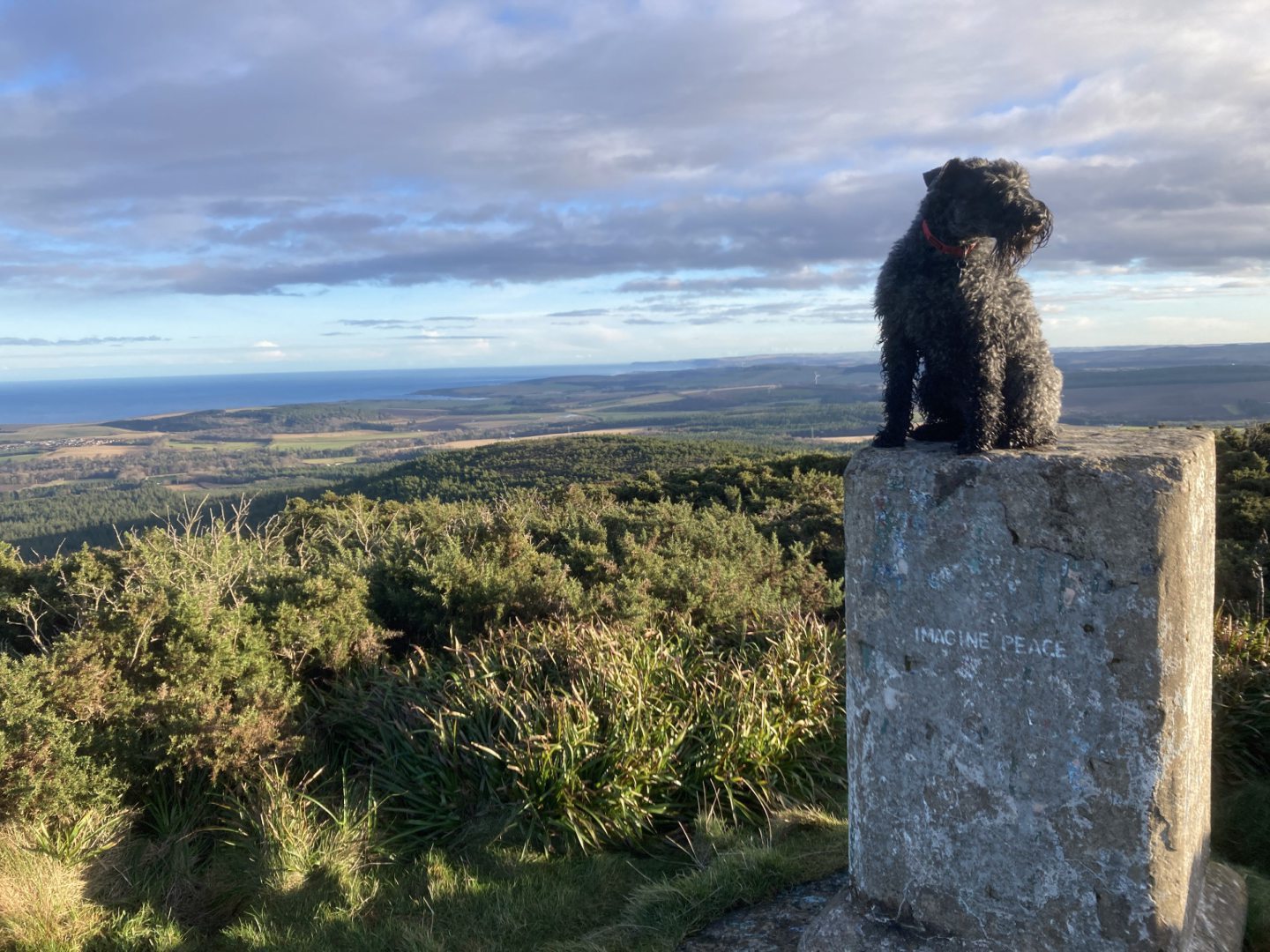
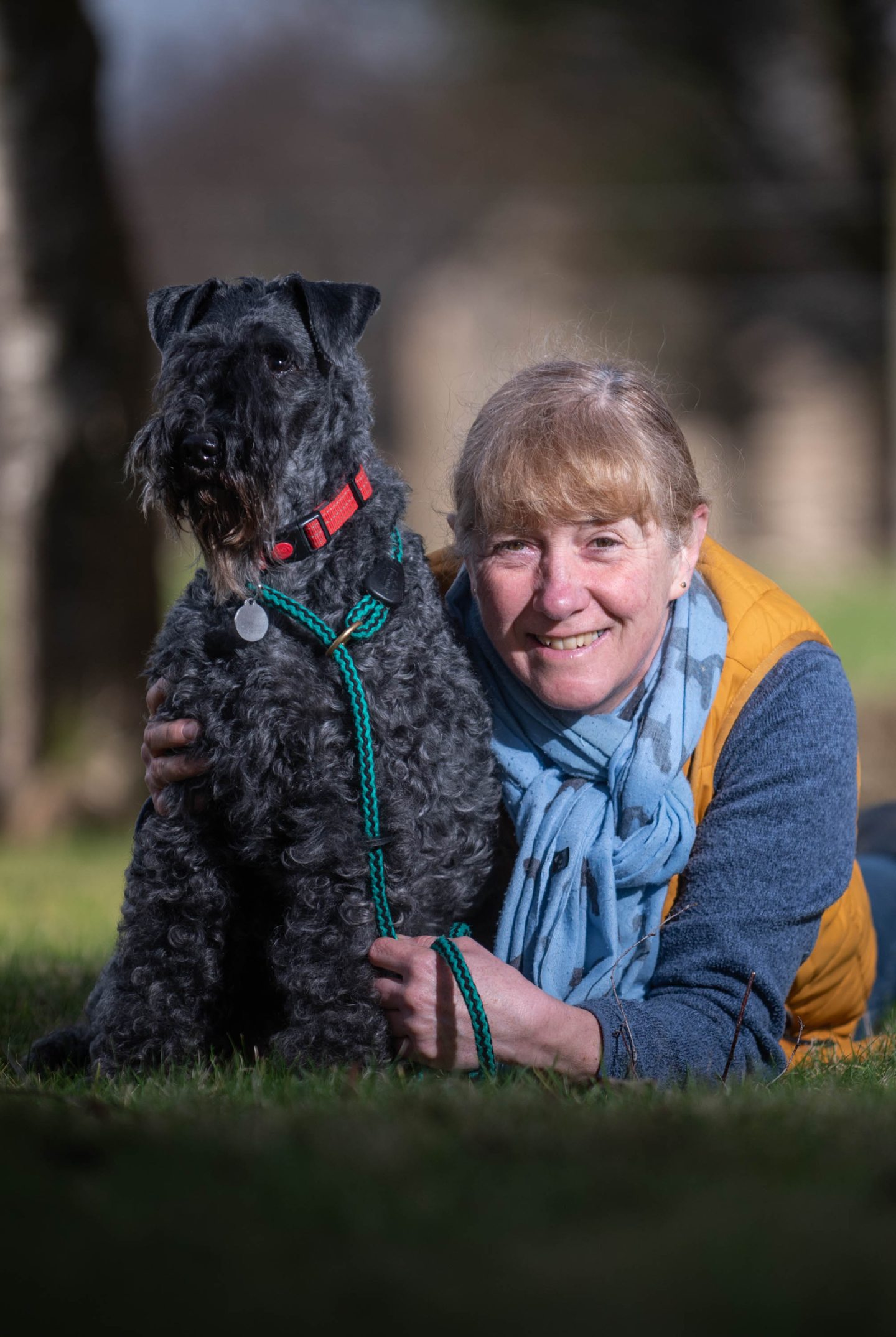
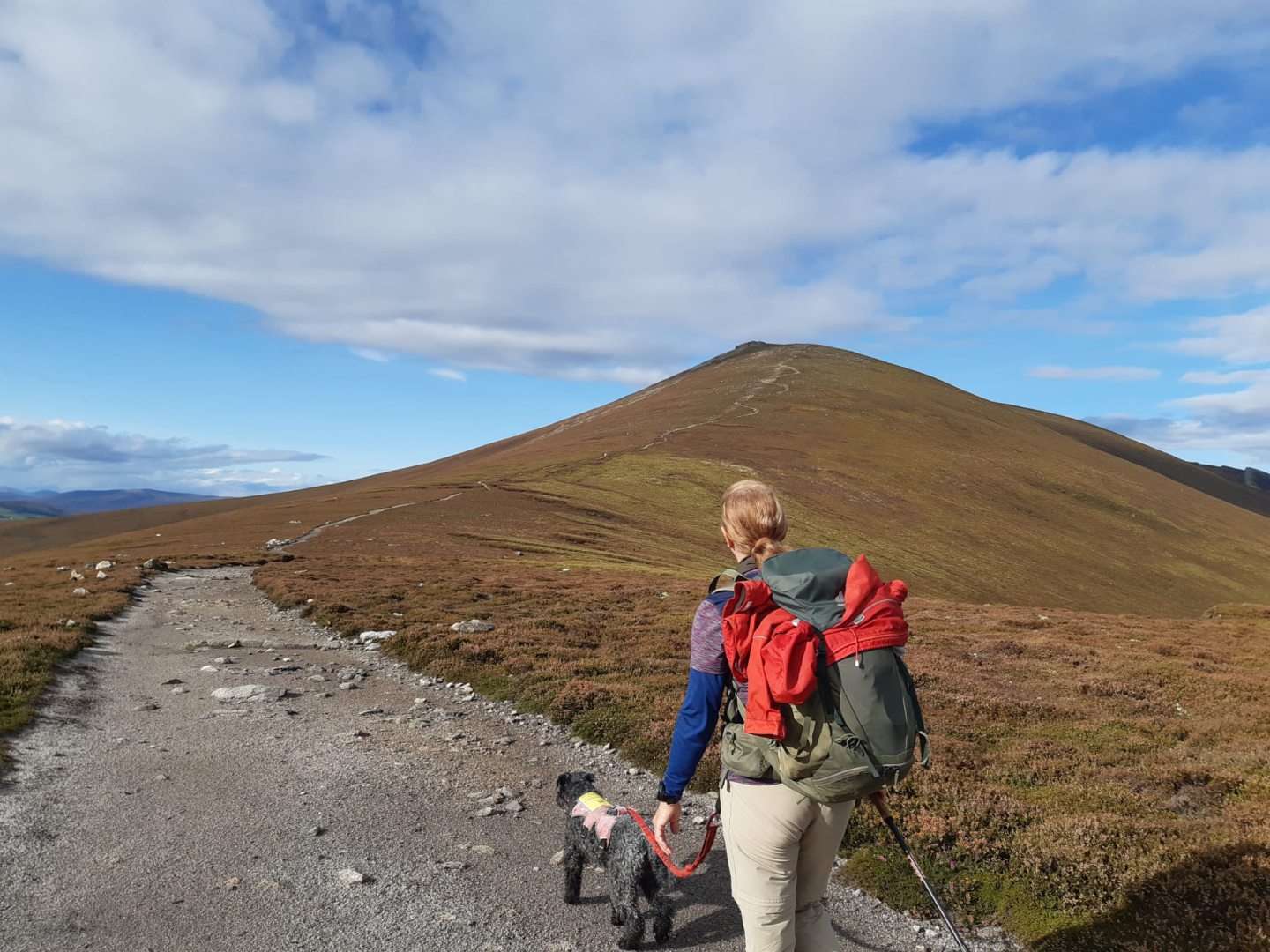
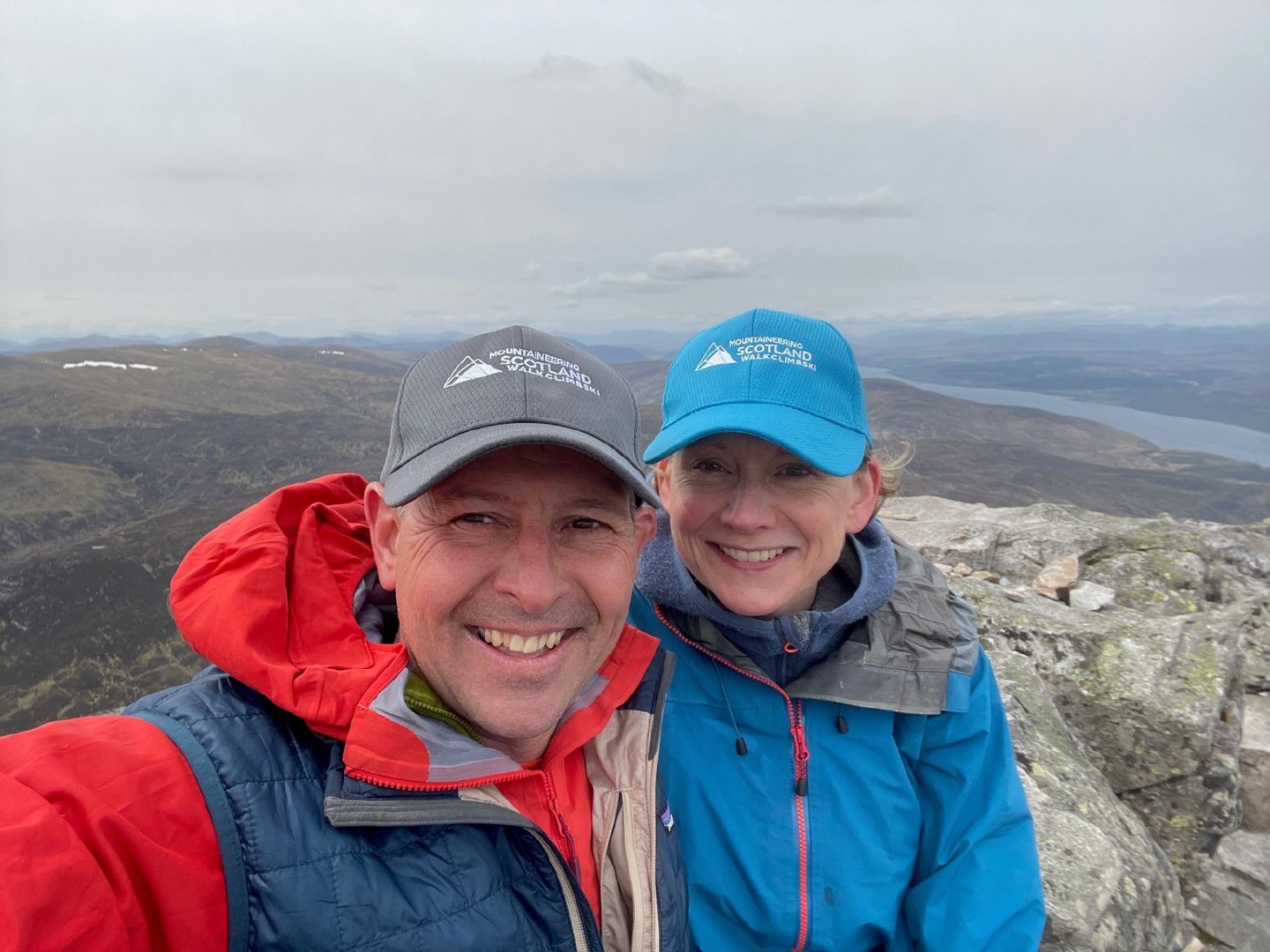
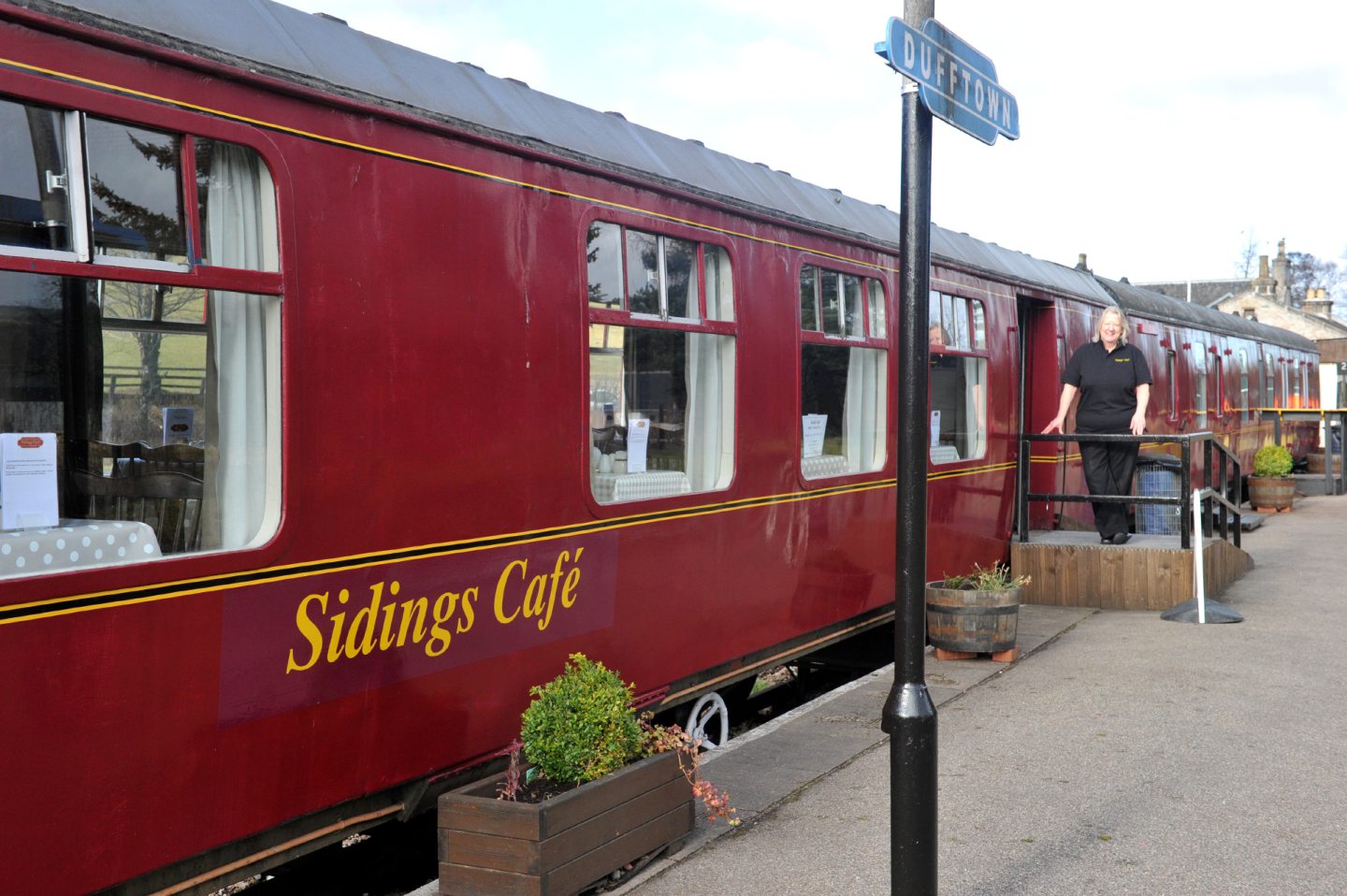
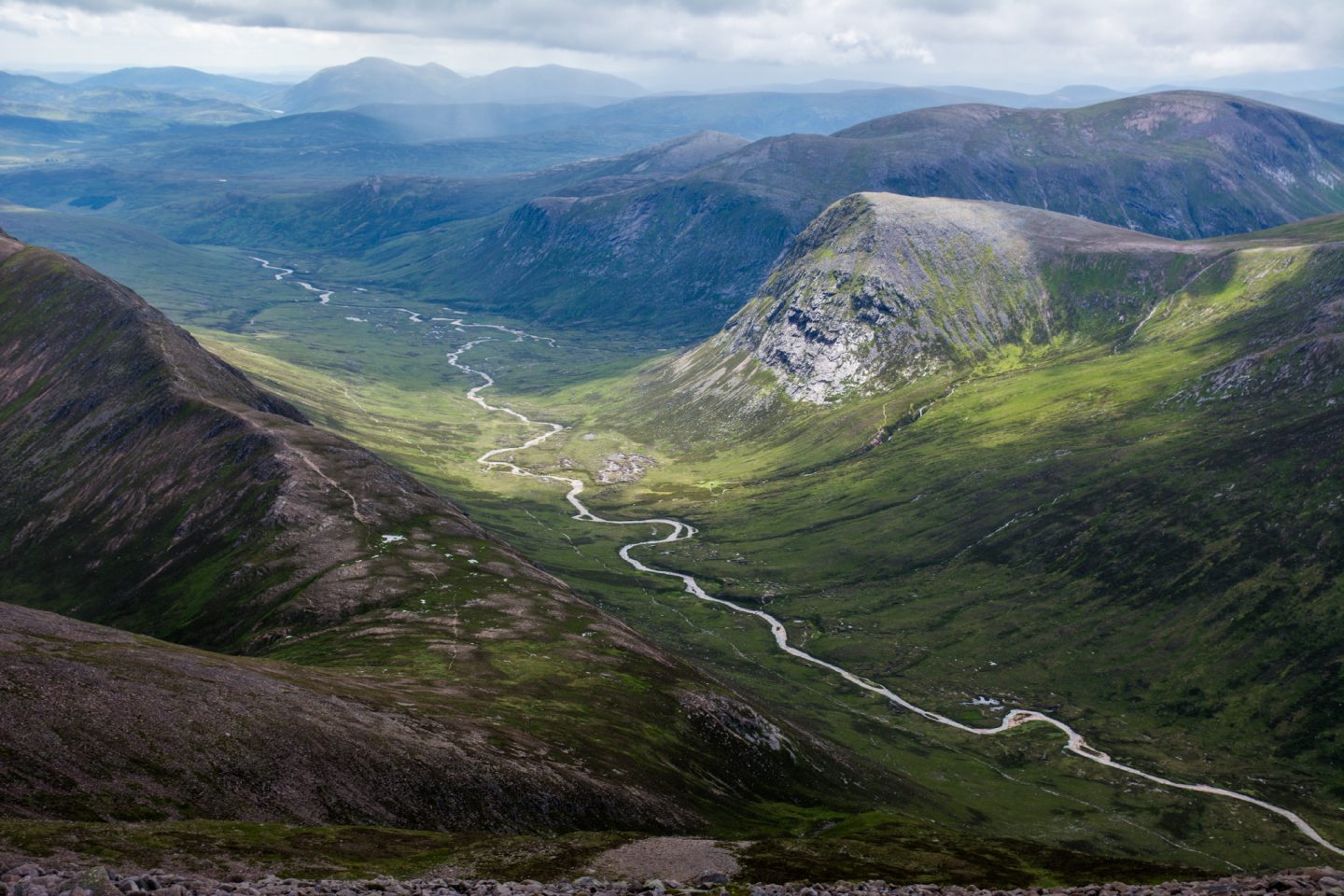
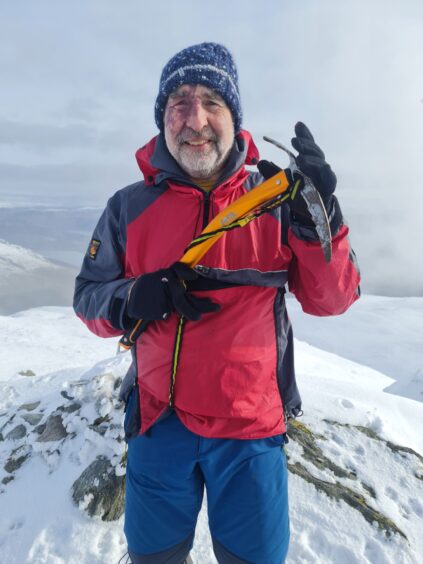
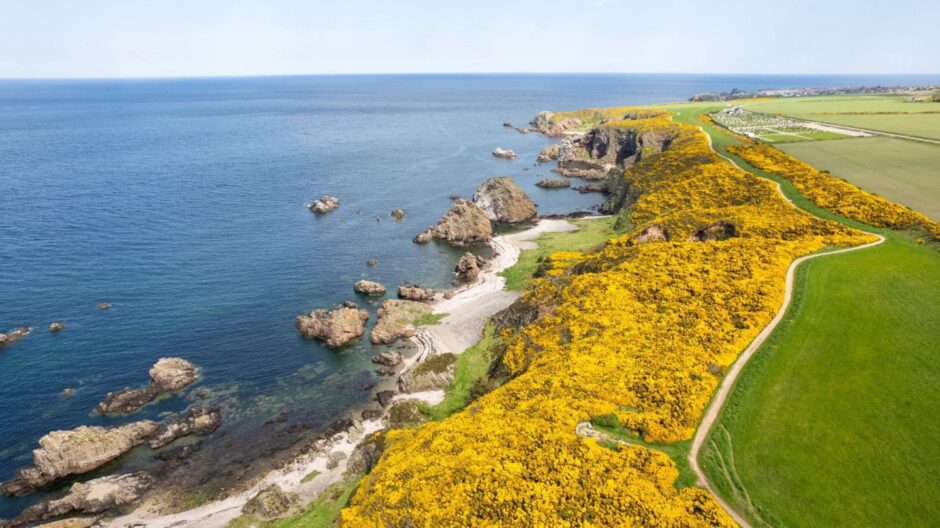
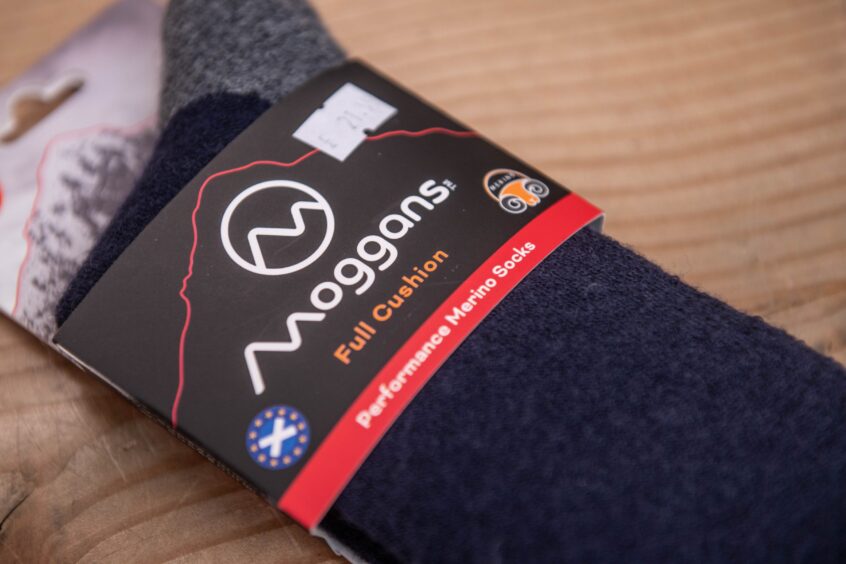

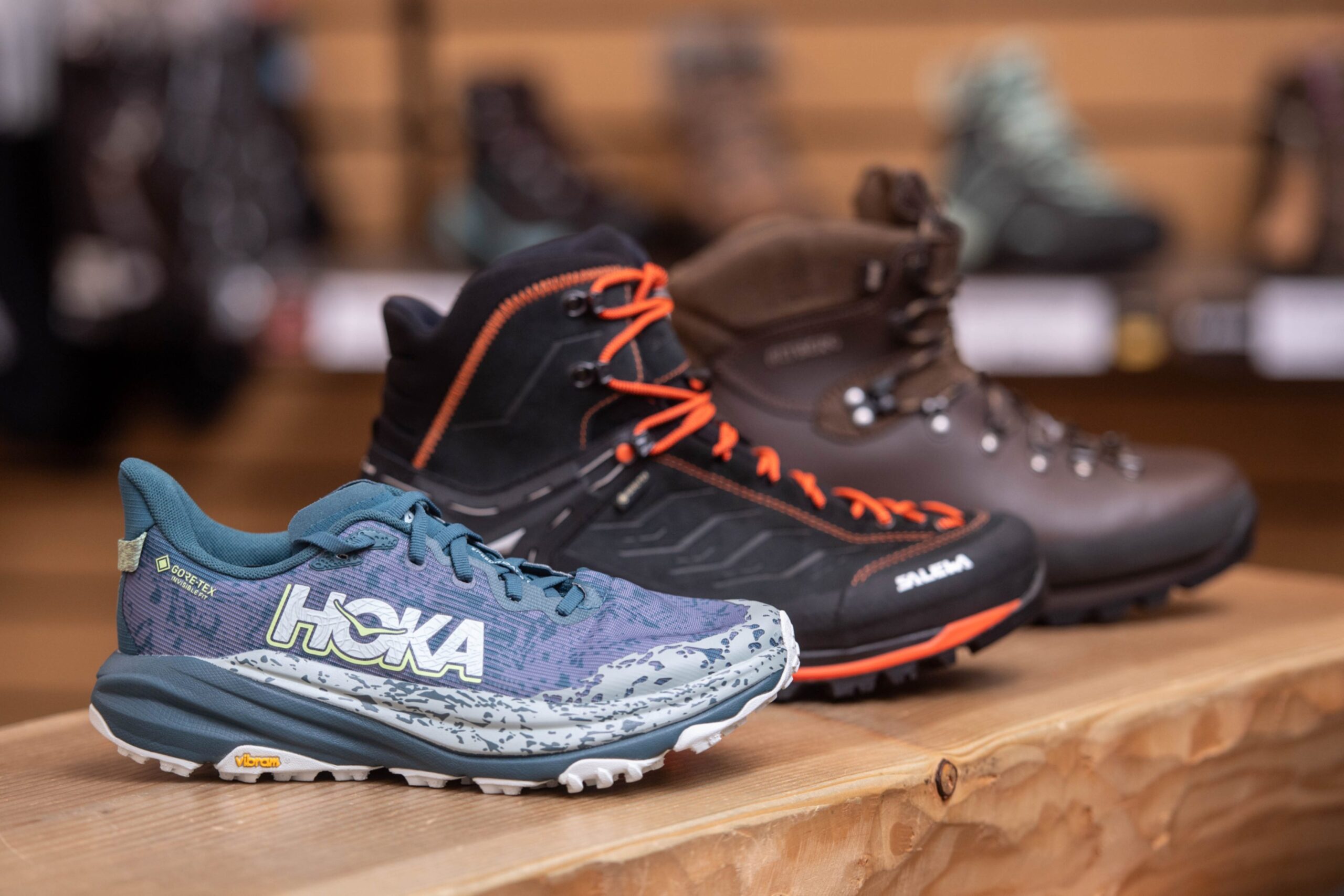
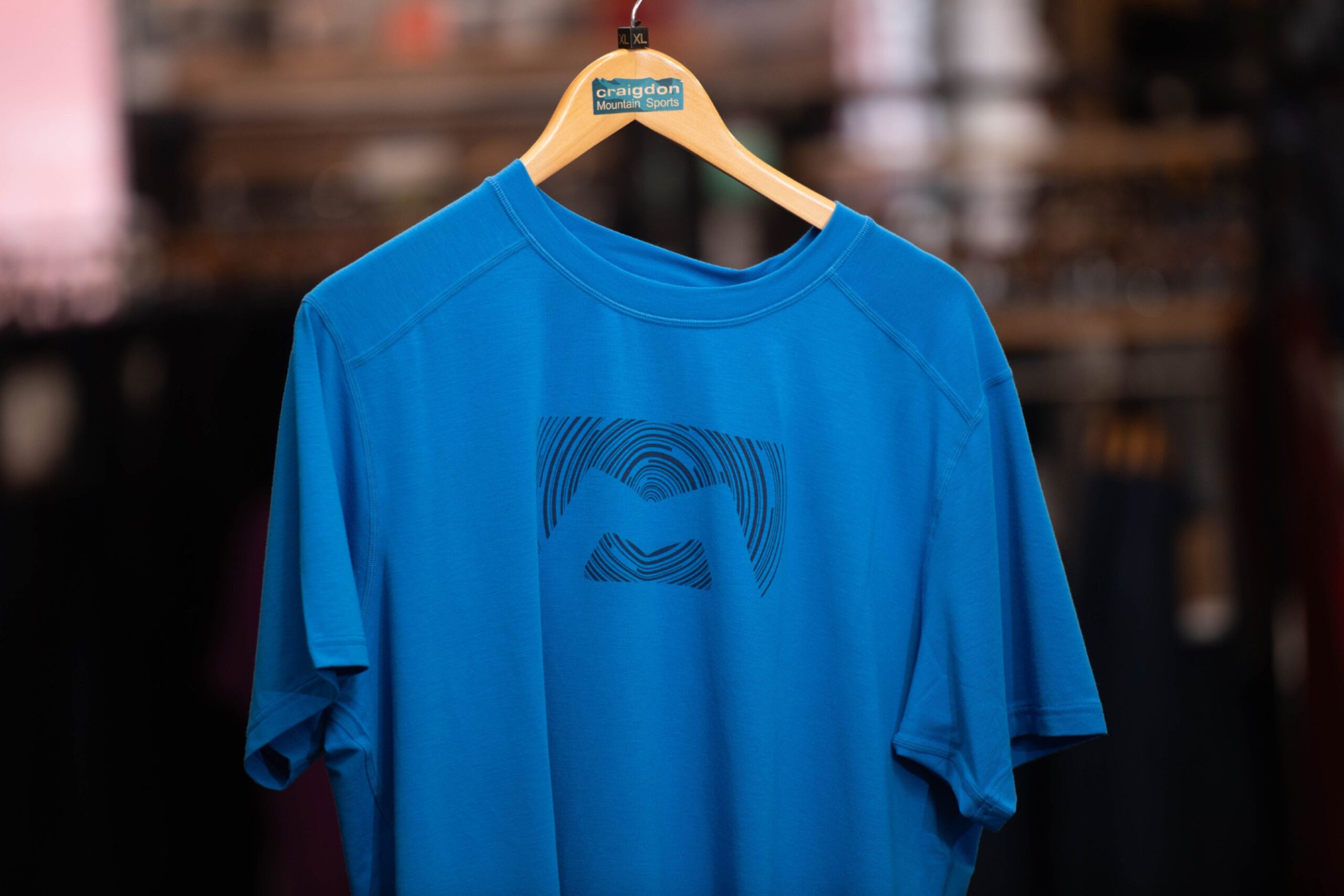
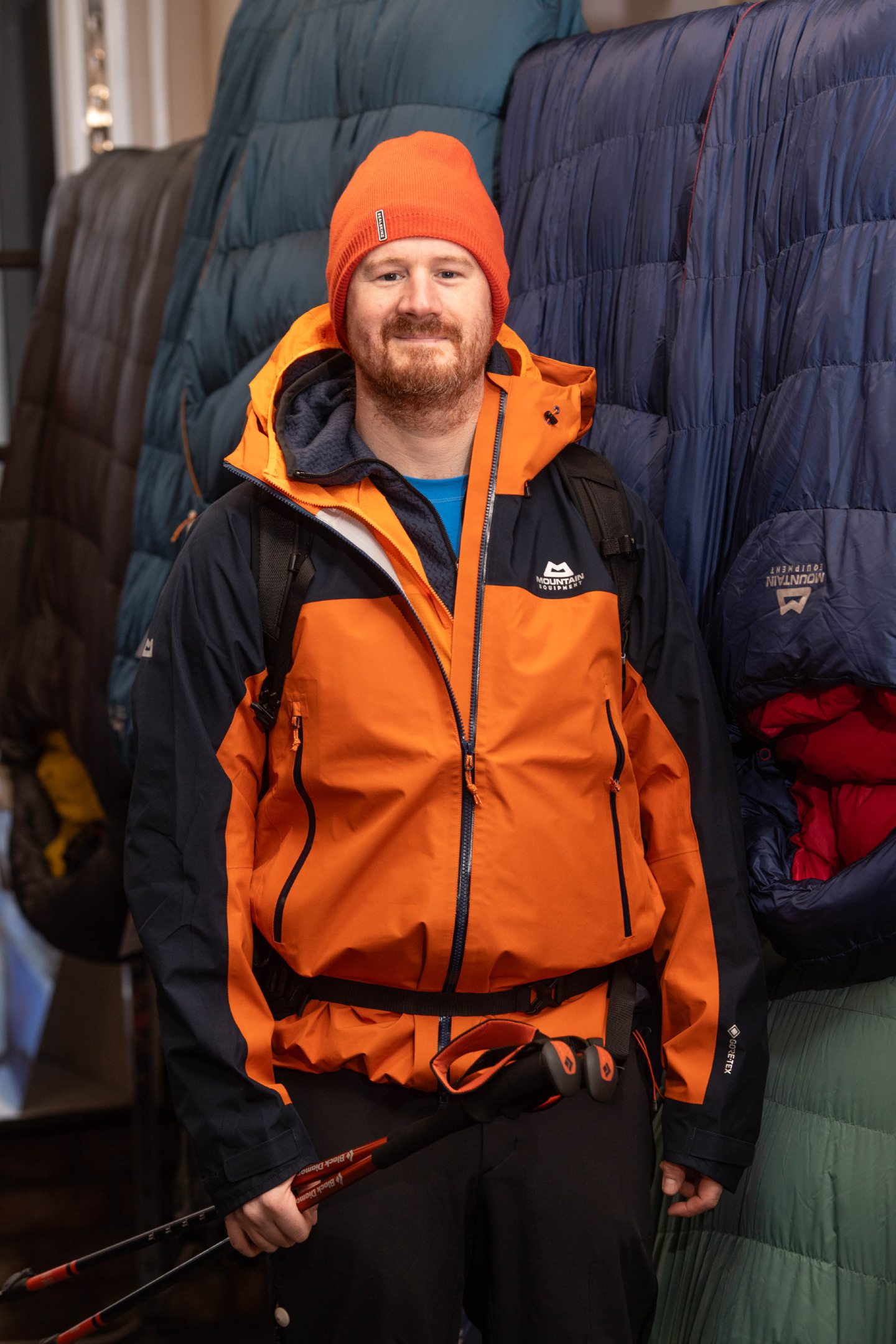
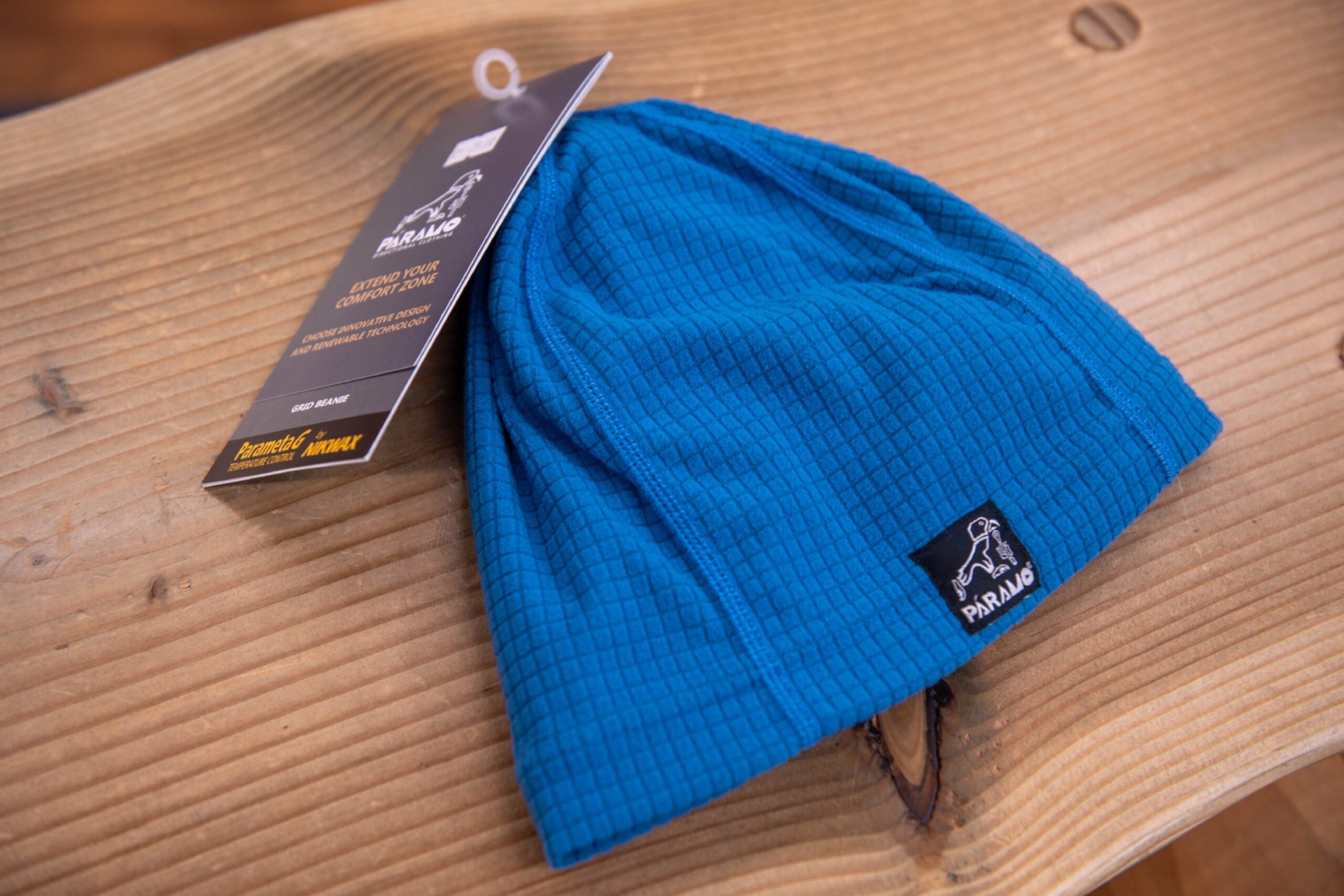
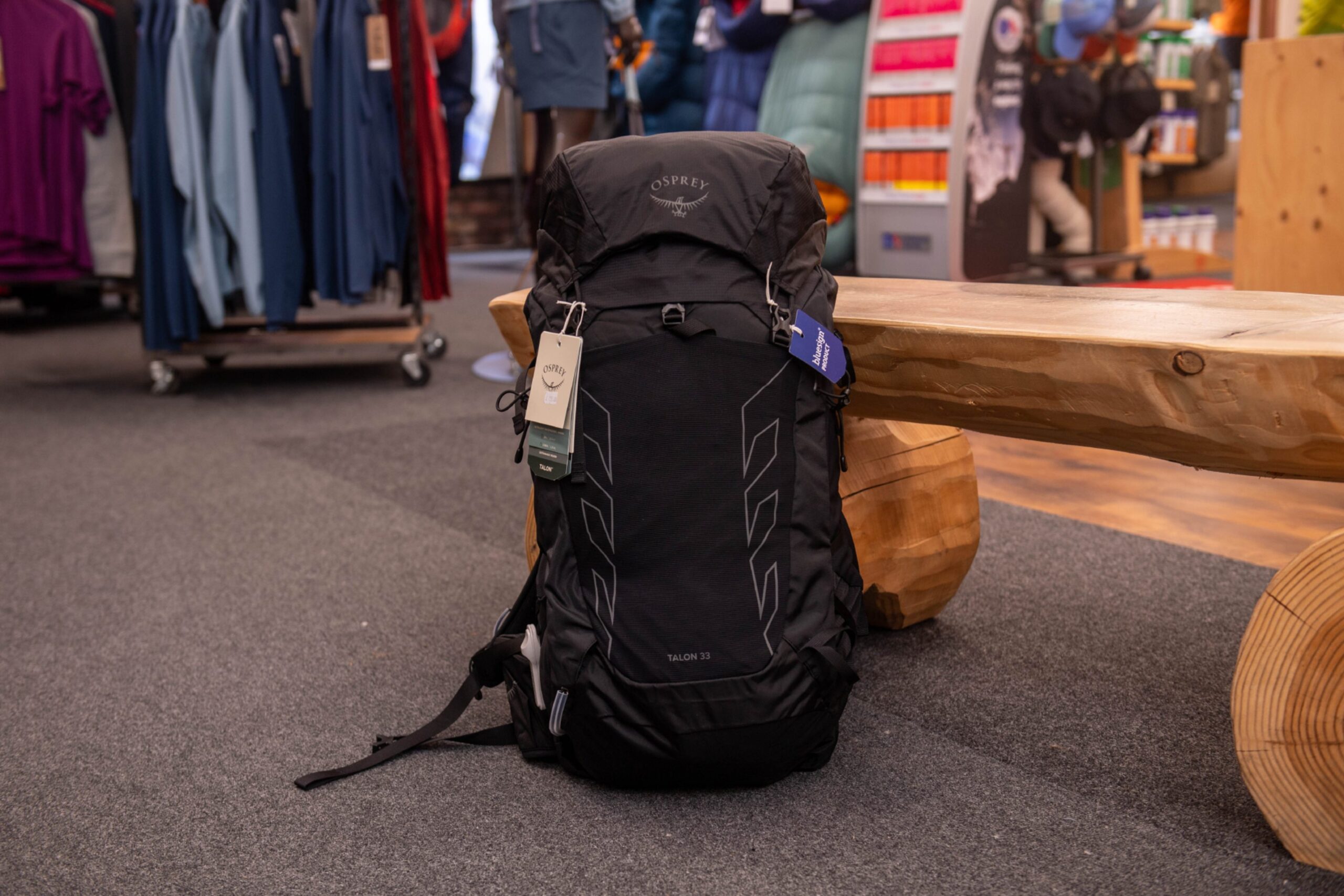
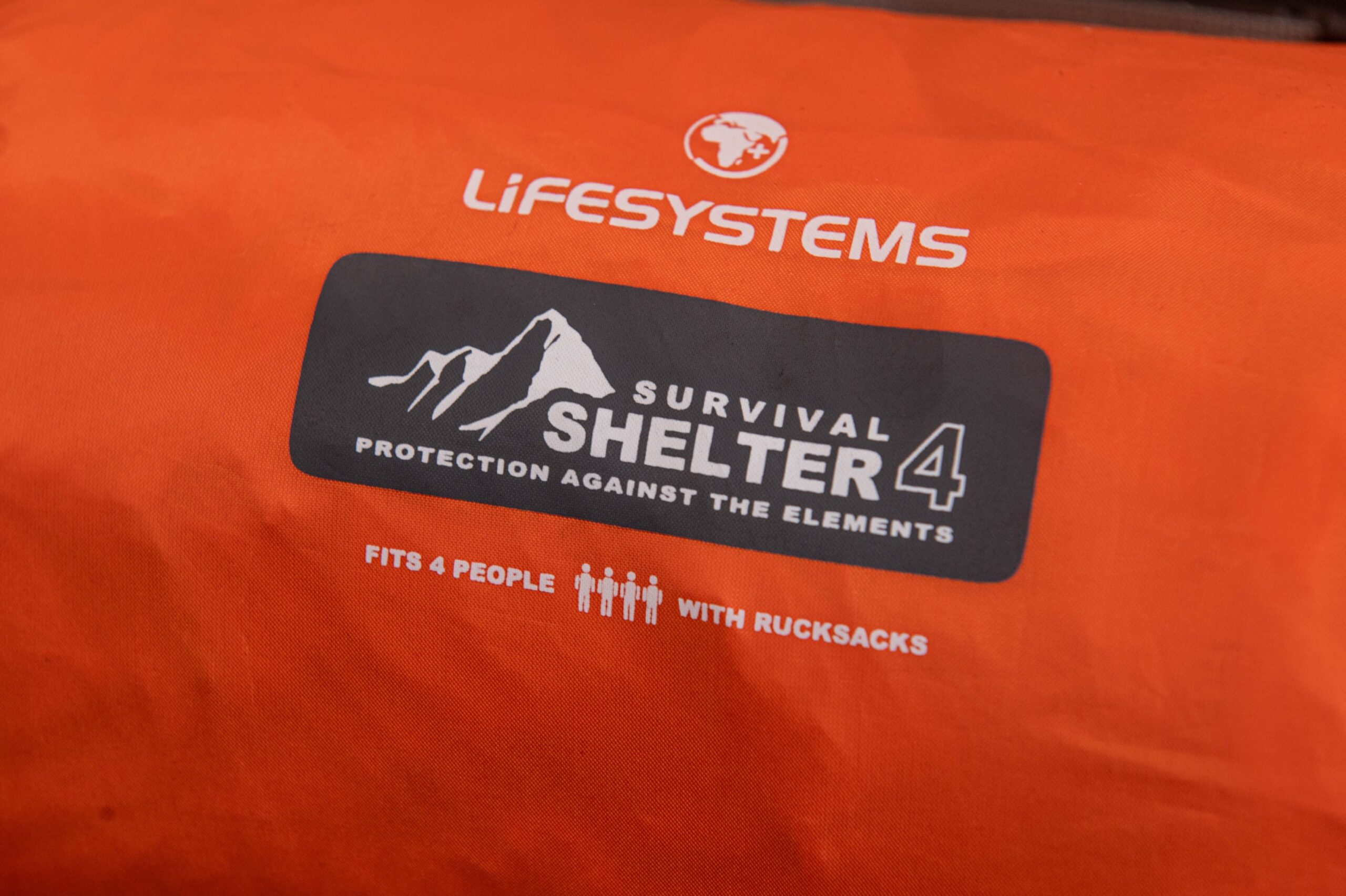
Conversation